Soccer: The World’s Most Beloved Game
Table of Contents
Introduction to Soccer
Soccer, or football for those beyond North America, is a game and religion in one for millions worldwide. Played by more than 250 million people in over 200 countries, it should come as no surprise that soccer is called “the world’s game.” Its simplicity perhaps is its greatest attraction: you need only a ball and some space. From dirt fields in rural Africa to the grandest stadiums in Europe, soccer has somehow interlinked itself with the fabric of societies throughout the globe.
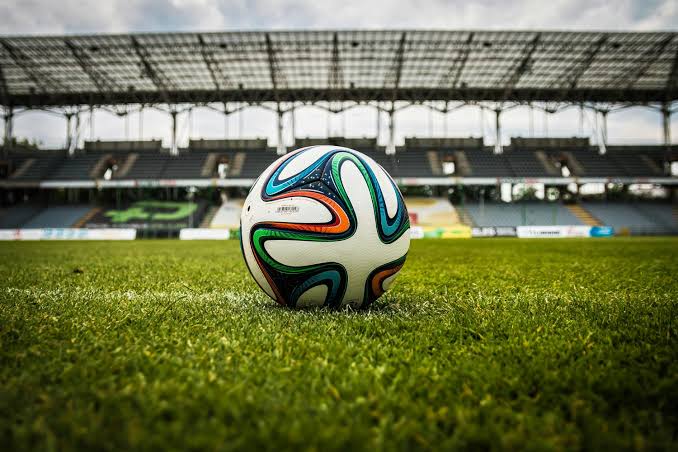
But how did soccer become so popular?
Why does it elicit such enthusiasm, loyalty, and even rivalry at times? In this article, we will dig deep into the heart of soccer, learning its origins, its rules, its positions, its famous players, and its undeniable influence on culture, economics, and society.

Global Popularity of Football
There is no close match to soccer in terms of global popularity. How does a seemingly simple game conquer the world?
It all lies in its accessibility and universality. Unlike sports that require high-priced equipment, soccer can be played almost anywhere and by anybody. It’s really spread to the farthest corners of the world.
Soccer is a game that crosses borders, from Rio de Janeiro streets to Russian tundras. For the most passionate soccer cultures, one goes to Europe, starting from the very, very passionate Spain and England, Germany, and Italy, among many others with world-class leagues.
South America, more particularly, Brazil and Argentina, produced some of the greatest players and most passionate fans. Meanwhile, soccer has quickly become the pride and passion of African culture; Didier Drogba and Mohamed Salah, in particular, are national heroes.
The beauty of soccer lies in its simplicity: two teams of eleven play on a rectangular field. It’s as simple as can be:
score more goals than the opposing team by putting the ball into their net. Games are played over 90 minutes, with two equal periods. The team that scores most goals wins. If it is still a draw, games can go to extra time, or a penalty shootout is used to determine the winner, at least for major competitions.

Key positions in the field are:
Goalkeeper-
He is the only one allowed to use his hands in the case of handball in the penalty box.
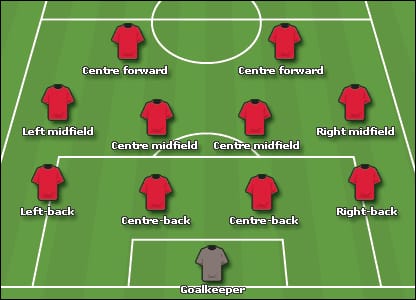
Defenders-
a selection of those to prevent the opposing team scoring
Midfielders-
the link between defense and attack.
Forwards:
They are the ones who score the most goals.
A referee
watches the game, sees to it that all the rules are applied, and can be issuing yellow or red cards to those committing foul plays.
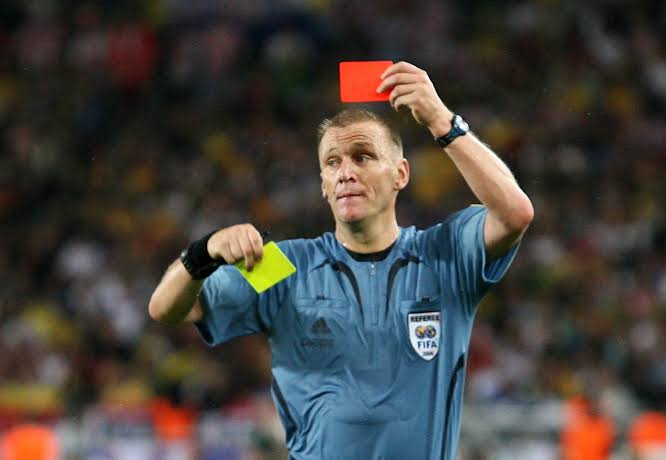
Soccer Positions Explained
Each member of the soccer team has his or her roles and responsibilities, so the team forms a harmonious unit:
Goalkeeper:
There are also known as the last line of defense. Goalkeepers should have sharp reflexes, sound judgments and fearlessness.
Defenders:
The backbone of any team, defenders should ensure no opening is given for the opposition to succeed. Center back handles central threat, while full-backs often support the wide areas.
Midfielders:
These players direct the game and tend to work hard at both fronts, forwards and defense. They organize attacks, deliver passes, and are required to maintain the most fantastic stamina.
Forwards:
The finishers. These players play closer to the opponent’s goal. Their job is primarily turning chances into goals.
Tactics and Formations in Soccer
Other formations have become popularly associated with particular styles, for instance the 4-4-2: four defenders, four midfielders, two up front. Other favorite systems include:
4-3-3. Basically this is a formation that emphasizes attacking play through three forwards.
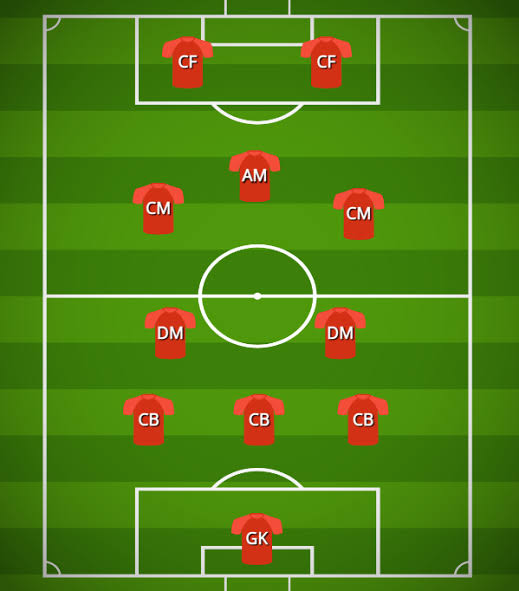
3-5-2. A flexible system offers solidity up front but does allow scope for wide play from the wingbacks.
Each formation will, of course demand a unique tactical response. In particular, the defensive team has to use more compact formations and rely more on counter-attacks, whereas the attacking team tends to press high up the pitch and thus presses the ball up the field quickly.

The Major Soccer Competitions
Not many sporting events captivate the world’s imagination as much as the FIFA World Cup. Every four years, this tournament unites the world’s best national teams. It is not only an opportunity for states of excellence but a battle to shed national pride. Similarly, the UEFA Champions League is the gathering of the greatest club teams in Europe-what people consider the best of club soccer.

Other events include:
English Premier League:
Rated as the most competitive soccer league in the world.

La Liga (Spain), Serie A (Italy), Bundesliga (Germany):
Main European leagues with history and own game style, respectively.
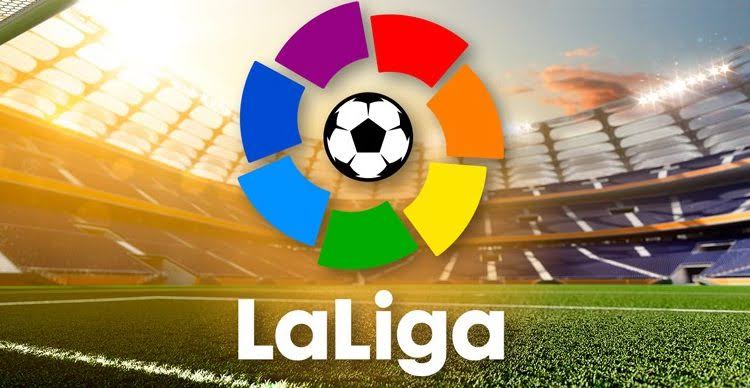
History of Evolution in Football
These days, football has seen much transformation, especially when one puts into consideration the truth that, initially, there were a few rules and even something as simple as a goalpost had not been standardized.
Much about including has changed in the game: from the offside rule to VAR (Video Assistant Referee) and Goal-line technology, some more recently. This has seen to fairing out the game, but whether it increases the loss of human elements of the game remains debated.

The Superstar Footballers Impact
Soccer has produced some of the world’s most iconic players. Players like Pele, Diego Maradona, and Johan Cruyff developed the game and inspired generations. The current superstars as Lionel Messi and Cristiano Ronaldo lead the headlines in news sources through unbeatable class, consistency, and competitive spirit.
They score goals, but they also create magic moments that go beyond the game.
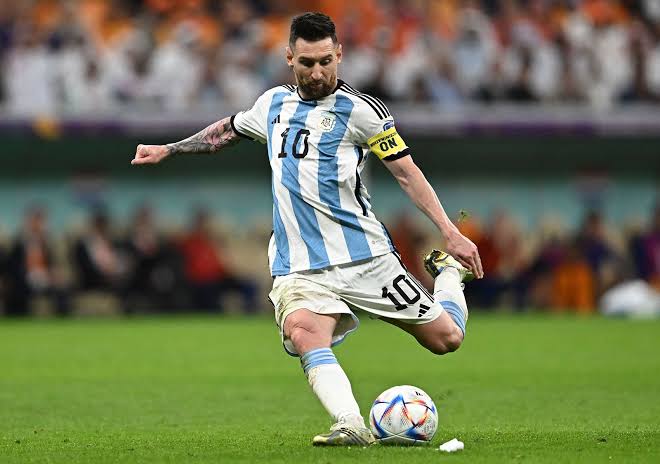
Children’s Football and Development
Grassroots success is the foundation upon which any national or club team shall rise. The youths form the basis for developing the stars of tomorrow. Popular countries like Spain, Germany, and Brazil have world-class youth academies developing talent from a tender age. This is focused on technical skill, tactics but equally important- psychically and emotionally towards the game.

The Economics of Soccer
Modern-day soccer is now a multibillion-dollar industry. The biggest-spending clubs are in sponsorships, merchandise, broadcasting rights, and ticket sales. An example of how big business soccer has become is the billion dollar player transfer of Neymar to Paris Saint-Germain from Barcelona. However, this also creates a problem: it creates financial imbalances between clubs.
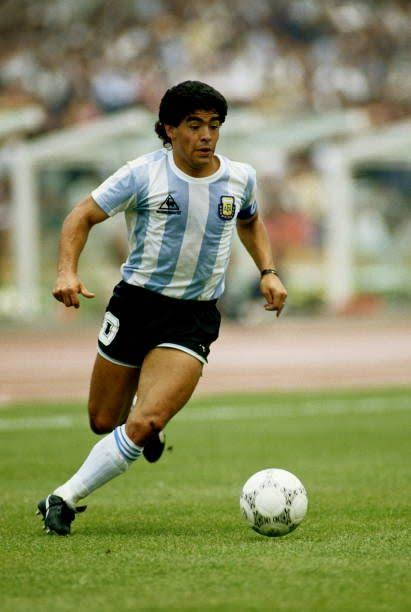
Women’s Soccer
Women’s soccer has become a popular sport in the last two decades. Since the FIFA Women’s World Cup was first held in 1991, these matches have developed into one of the most glamorous international sporting events. USA, Germany, and Japan are also some of the leading teams in these types of events. The up-and-coming athletes are inspired by women like Marta, Abby Wambach, and Megan Rapinoe.

Role of Fans in Soccer
Without its enthusiastic fan base, soccer would not be what it is today. Stadiums would be half full. The fans make an electric atmosphere through songs sung and slogans chanted that flood stadiums with color worldwide. Loyalty of the fans often crosses sport lines; soccer becomes part of a legacy passed from generation to generation.
Influence of Technology on Soccer
While technology has significantly influenced the current game, it has ensured that the decisions by the referees are more accurate through the advent of technologies like VAR and goal-line technology. The wearable devices used during training have also transformed the way player performance is monitored, as specific feedback is imparted in regard to stamina, heart rate, and even positioning.
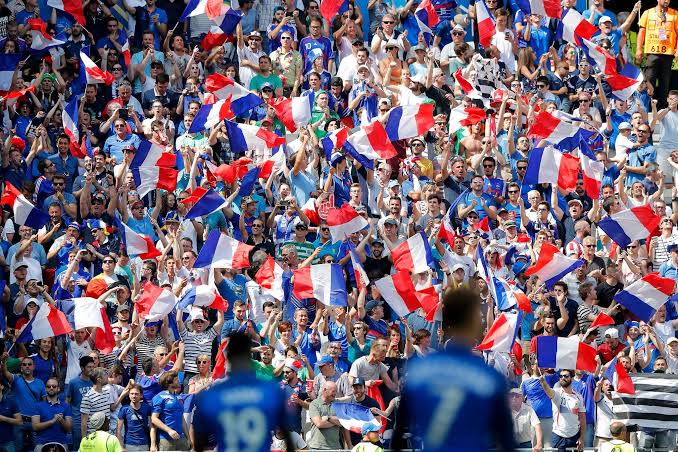
Challenges and Controversies in Soccer
As is the case with any global phenomenon, soccer has its fair share of challenges. Corruption scandals like the FIFA scandal plague the sport. Racism and discrimination still rear their ugly heads, and there’s usually enough pressure on the players to result in injuries or mental health struggles.
The Future of Soccer
This is what the future of soccer looks like: With continuous connectivity, perhaps as much as it has ever had, soccer will continue to be a sport on the move. Stadiums may get bigger and the World Cups larger; global clubs and stadium designs may continue to innovate to make the sport more sustainable.
This is where beauty lies as everyone loves soccer. Whether it’s on a makeshift field where you play barefoot or in a stadium full of 80,000 fans, at core, soccer is still the same. It’s a game that brings people together to create and inspire the next generation. It will just keep growing and evolving and inspiring since soccer is more than a game. It is a way of life.

FAQs
What are the basic rules of soccer?
Basic rules entails two teams, comprising eleven players, which kick the ball into the opponent’s goal to score. The match is divided into two halves lasting 90 minutes.
Who is considered the greatest all-time soccer player?
Candidates include Pele, Diego Maradona, Lionel Messi, and Cristiano Ronaldo, among others.
How many players does a soccer team have?
Each team plays with 11 players at a time, one goalkeeper.
What is the biggest soccer competition in the world?
The FIFA World Cup is considered the biggest and most prestigious soccer competition in the world.
How has soccer evolved with technology?
Introductions like VAR, goal-line technology, and data analysis in sports have thereby improved the accuracy of the referees’ decision and the observance of players’ performance.




